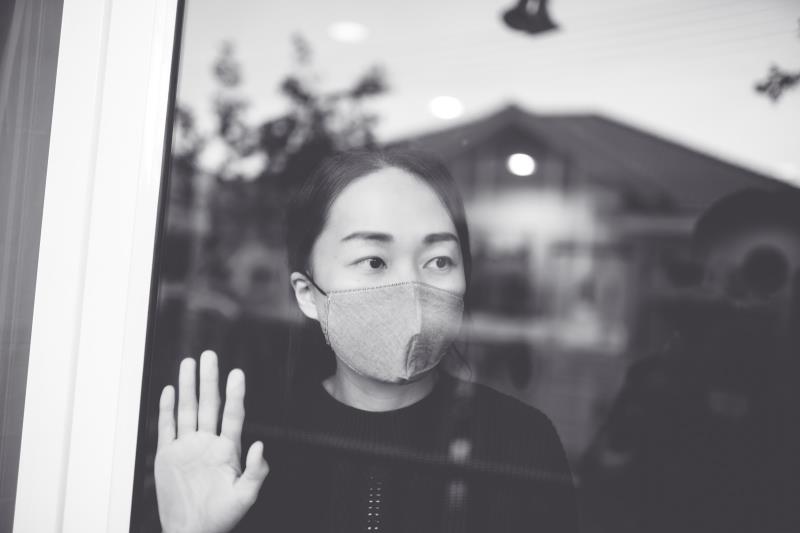Mental health burden high with COVID-19





A recent cross-sectional study shows that the mental health burden (ie, symptoms of depression, anxiety, insomnia, acute stress) associated with coronavirus disease 2019 (COVID-19) is considerable in China, particularly among individuals with confirmed or suspected COVID-19 and those exposed to patients with COVID-19 at work.
“Our findings suggest a high demand for mental health interventions during the COVID-19 pandemic in China, particularly for those high-risk populations,” concluded the researchers. “Further studies are needed to explore the association between COVID-19 and mental health in other countries and its long-term outcomes.” [JAMA Netw Open 2020, doi, 10.1001/jamanetworkopen.2020.14053]
In the population-based study, data were collected from 56,679 participants (mean age, 35.97 years; female, 52.1 years) through a self-administered online survey released via the health page on Joybuy, a large e-commerce and information service platform in China. All participants were registered members of the website, and data were collected across all 34 province-level regions in China.
Frontline workers were individuals who were directly involved in the control of COVID-19 with personal protective equipment, whereas individuals with occupational exposure risk were those required to make contact with COVID-19 patients at work and could subjectively conceive threats of being infected.
Hubei province residents accounted for 4.1 percent of respondents. At baseline, 1.1 percent and 31.0 percent of respondents had ≥1 family member or friend with COVID-19 or who worked as frontline worker(s), and 5.1 percent had occupational exposure risk. In addition, 29.0 percent of respondents experienced quarantine and 34.9 percent remained out of work.
The overall prevalence of depression, anxiety, insomnia and acute stress symptoms was 27.9 percent, 31.6 percent, 29.2 percent and 24.4 percent, respectively.
A confirmed or suspected diagnosis of COVID-19 was associated with 3.50-fold, 3.27-fold, 3.06-fold and 2.48-fold increase in risk of acute stress (p<0.001), depression (p<0.001), insomnia (p<0.001) and anxiety (p=0.001) symptoms, respectively.
A nearly doubled risk of mental health symptoms was found in individuals with occupational exposure risk compared with those without such exposure (acute stress: adjusted odds ratio [aOR], 1.98; 95 percent CI, 1.79 to 2.20) (depression: aOR, 1.96; 95 percent CI, 1.77 to 2.17) (anxiety: aOR, 1.93; 95 percent CI, 1.75 to 2.13) (insomnia: aOR, 1.60; 95 percent CI, 1.45 to 1.77).
There was a 1.77-fold increase in risk of acute stress symptoms among individuals with ≥1 family member or friend with COVID-19 (p<0.001), and a 1.14-fold increase in risk of insomnia symptoms among individuals with ≥1 family member or friend who worked as frontline worker(s) (p<0.001), compared with those without any family member or friend with COVID-19 or who worked as frontline worker(s).
The risk of anxiety symptoms among respondents who resided in Hubei province was more than 50 percent higher than that in those from other provinces (aOR, 1.54; 95 percent CI, 1.30 to 1.82; p<0.001).
Individuals with vs without centralized quarantine experience had 1.63 times and 1.46 times increase in risk of insomnia symptoms (p<0.001) and both anxiety and acute stress symptoms (p<0.001), respectively.
Nonetheless, being at work away from home was associated with a lower risk of mental health symptoms compared with those remained out of work (depression: aOR, 0.85; 95 percent Cl, 0.79 to 0.91) (insomnia: aOR, 0.87, 95 percent CI, 0.81 to 0.94) (anxiety: aOR, 0.92; 95 percent CI, 0.86 to 0.99) (acute stress: aOR, 0.98; 95 percent CI, 0.91 to 1.06).